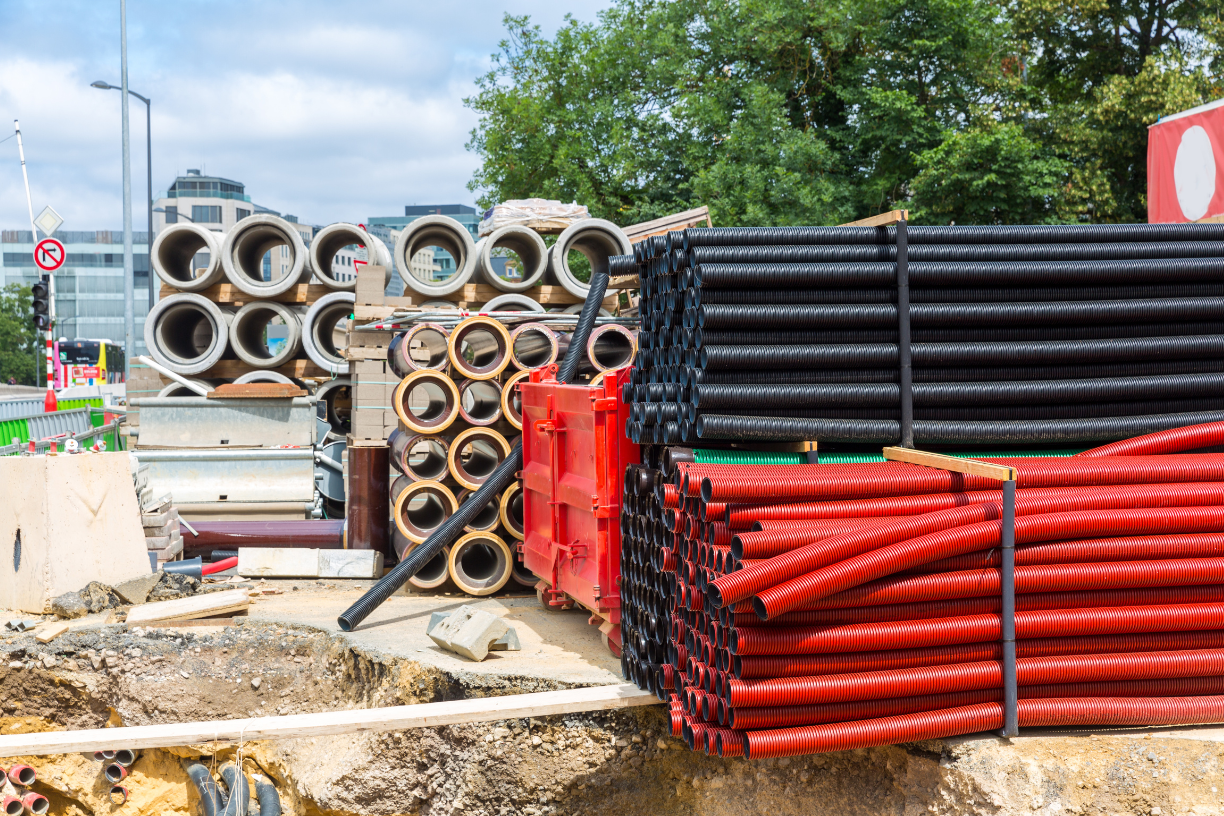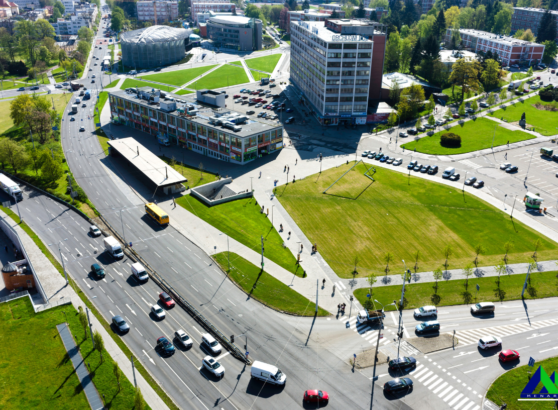Table of Contents

The success of any sustainable construction project heavily depends on the materials chosen during the planning phase. Whether you’re building a residential property, commercial space, or industrial facility, selecting appropriate construction materials requires careful consideration of multiple factors. This comprehensive guide explores the essential aspects of material selection and how to make informed decisions for your construction project.
Understanding Construction Materials Properties
The fundamental properties of construction materials directly impact their performance and longevity. Strength, durability, thermal properties, and resistance to environmental factors all play crucial roles in material selection. For instance, concrete’s compressive strength makes it ideal for foundations and structural elements, while steel’s tensile strength is perfect for long spans and high-rise construction. Understanding these properties helps match materials to specific project requirements.
Cost Considerations and Value Analysis
While initial material costs are important, the true value of construction materials extends beyond their purchase price. Consider the lifecycle costs, including maintenance requirements, longevity, and potential replacement needs. High-quality materials might command premium prices but often prove more economical over time through reduced maintenance costs and extended service life. Additionally, energy-efficient materials can significantly reduce operational costs throughout the building’s lifetime.
Environmental Impact and Sustainability
Modern construction increasingly emphasizes sustainability. Materials should be evaluated based on their environmental footprint, including production energy requirements, recycled content, and end-of-life recyclability. Sustainable materials not only benefit the environment but can also contribute to green building certifications and improve the project’s marketability. Consider locally sourced materials to reduce transportation costs and support regional economies.
Climate and Local Conditions
Local climate and environmental conditions significantly influence material selection. Materials must withstand regional weather patterns, temperature fluctuations, and potential natural hazards. For instance, coastal areas require materials resistant to salt corrosion, while regions with extreme temperature variations need materials with appropriate thermal expansion properties. Understanding these local factors ensures long-term material performance and reduces maintenance needs.
Regulatory Compliance and Standards
Construction materials must comply with local building codes, safety regulations, and industry standards. These requirements often specify minimum performance criteria for different applications. Working with certified materials from reputable suppliers ensures compliance and quality assurance. Documentation of material specifications and certifications should be maintained for regulatory purposes and future reference.
Installation and Construction Considerations
The ease of installation and compatibility with construction methods impact project timelines and labor costs. Some materials require specialized skills or equipment for installation, while others offer simpler application methods. Consider the availability of skilled labor and equipment when selecting materials. Additionally, weather sensitivity during installation and curing times can affect project scheduling.
Maintenance Requirements
Different materials have varying maintenance needs throughout their lifecycle. Some require regular inspections and treatments to maintain their performance, while others need minimal attention. Understanding these requirements helps in planning maintenance schedules and budgeting for long-term care. Consider the availability of maintenance expertise and replacement parts when selecting specialized materials.
Aesthetic Considerations
While performance is crucial, the visual appeal of materials often plays a significant role in project success. Materials should align with the design vision while maintaining their functional requirements. Modern manufacturing techniques offer various finishes and appearances without compromising performance, allowing for both aesthetic appeal and practical functionality.
Future Adaptability
Construction projects should consider potential future modifications or expansions. Select materials that offer flexibility for changes and integrate well with possible additions. This forward-thinking approach can save considerable costs and complications during future renovations or expansions.
Conclusion
Selecting the right construction materials requires balancing multiple factors, from performance and cost to sustainability and aesthetics. Success lies in thorough research, careful consideration of project requirements, and consultation with industry experts. Remember that material choices impact not only initial construction but also long-term building performance and maintenance requirements.
By taking a comprehensive approach to material selection and considering all relevant factors, you can make informed decisions that contribute to project success. Stay updated with industry developments and new material technologies to ensure your choices reflect current best practices and innovations in construction.






